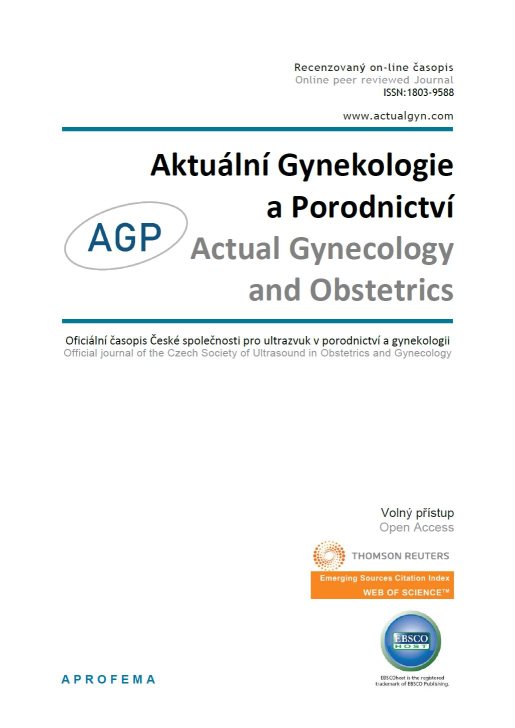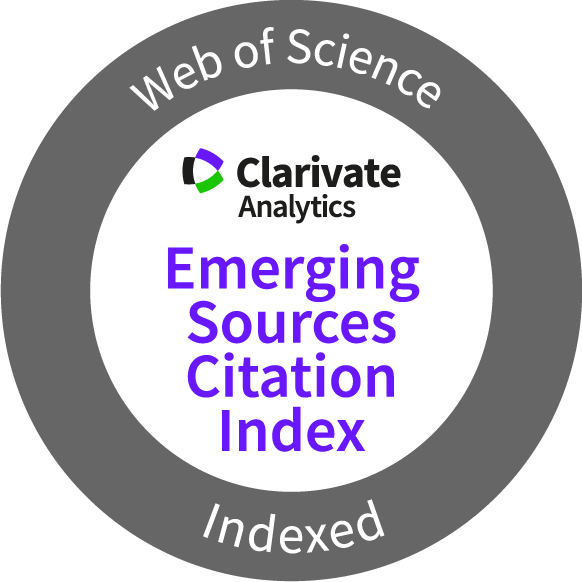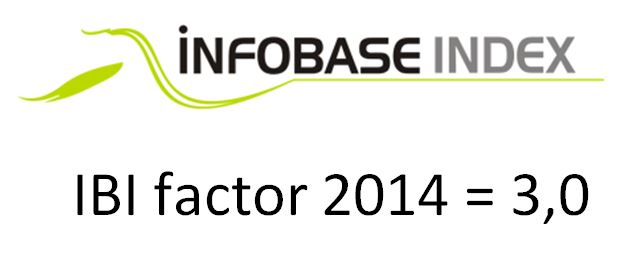Prevalence of dysmenorrhea among adult females aged 18-50 years and its effects on daily activities: a cross-sectional study in Malaysia, 2024
Thin Mon Kyaw, Roshini Devi AP Puspanathan, Akul Sharma, Sushma Sasidharan, See Thean Yee, Nur Qasih binti Azahari, Somsubhra De
Abstrakt
Background: Women's health is often overlooked and under-studied in the past and present. Dysmenorrhea is known as painful menstruation which is a common gynaecological condition that causes intense pain and dysfunction in women of reproductive age.
Objective: The general objective is to determine the prevalence of dysmenorrhea among females aged 18 to 50 years old in Malaysia. We studied dysmenorrhea and how it affects daily activities compared to females without dysmenorrhea, factors that aggravate the menstrual pain, symptoms, lifestyle habits and coping mechanisms associated with dysmenorrhea.
Methods: A cross-sectional study conducted during 2024 for a period of 3 months. Our targeted population was females aged 18-50 years old in Malaysia. Non-probability convenient sampling was used and distributed via google form questionnaires to collect data. Statistical software SPSS and chi-square test was used to analyse the data to measure the associations.
Results: The study showed that prevalence of dysmenorrhea was 92.8% and there was a significant relationship between dysmenorrhea severity and various sociodemographic factors, particularly age and body mass index (BMI) with p < 0.05. There was no significant association between age groups and dysmenorrhea intensity, thus indicating that age does not strongly influence severity of dysmenorrhea. Situational factors such as pain during bowel movements or while walking are associated with increased severity of dysmenorrhea (p < 0.001). Coping strategies show analgesic use is common among women with severe dysmenorrhea (p < 0.001).
Conclusion: This study showed that dysmenorrhea has a significant impact on the quality of life of the majority of women experiencing moderate to severe pain lasting 1 to 3 days. The implementation of effective strategies such as lifestyle modification, providing information and support groups can empower individuals to manage dysmenorrhea should be done as they have the potential to significantly enhance the overall well-being of those affected, ultimately reducing the burden of this condition on women.
Key words: dysmenorrhea, prevalence, daily activities, absenteeism, coping mechanism, Malaysia












 Official publication of the Czech Society of Ultrasound in Obstetrics and Gynecology.
Official publication of the Czech Society of Ultrasound in Obstetrics and Gynecology.
